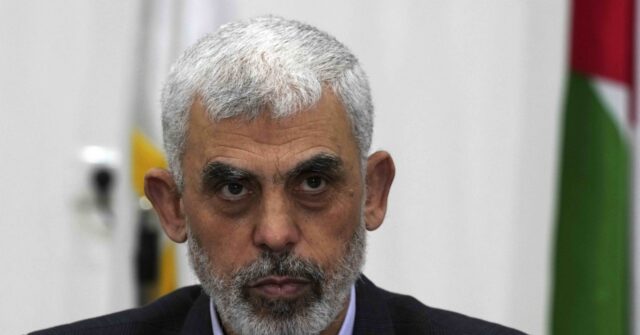On a notable Thursday, the body believed to be that of Yahya Sinwar, the Hamas leader responsible for the October 7, 2023 terror attack, was discovered in Gaza, raising significant questions and drawing considerable attention. According to Israel’s Army Radio, this body was located alongside cash and passports, but notably, there were no hostages found in proximity. Following the reports, speculation grew that Sinwar may have been killed during a confrontation with Israeli troops while executing a strategic operation in the region. As of the evening of the discovery, no official confirmation from the Israeli government had been made; however, numerous Israeli media outlets indicated overwhelming evidence suggesting the deceased individual was indeed Sinwar.
The circumstances surrounding the discovery involved a targeted military operation where Israeli soldiers identified a building believed to harbor three Hamas terrorists. In a decisive move, tank fire was directed at the structure, resulting in its collapse. When the rubble was examined, the soldiers were astonished to find an individual whose appearance closely matched that of Sinwar. This incident underscores the aggressive military tactics employed by Israel in combating Hamas despite the ongoing hostage situation that has critically strained relations and complicated operations in the region.
Importantly, the Israel Defense Forces (IDF) confirmed that no hostages were present near the body of Sinwar. Intelligence reports suggested that Sinwar had strategically used hostages as human shields, likely to deter Israeli airstrikes. Earlier in August, six hostages were tragically found murdered in a tunnel, which included U.S. citizen Hersh Goldberg-Polin. The timeframe and circumstances of their deaths indicate that these individuals had likely been kept by Sinwar and were executed as Israeli forces began to close in on his location.
The revelation regarding the fate of these hostages complicates the narrative surrounding Hamas’s decisions. Analysts posit that the execution of the hostages was a desperate measure reflecting the immediate threat posed to Sinwar by advancing IDF soldiers who may have been unaware of their proximity to the Hamas leader himself. Such actions highlight the fraught and often tragic interplay between military operations and the treatment of hostages in conflict zones, prompting a more profound examination of the tactics employed by both sides in the ongoing conflict.
The developments surrounding Yahya Sinwar’s body and the fate of the hostages serve to underscore the complex challenges of warfare where human lives, particularly those of innocents, are caught in the crossfire of strategic military objectives. The Israeli military operations, while aimed at dismantling terrorist leadership, also raise ethical questions regarding the implications for hostages and civilian populations. As the situation continues to unfold, further details could provide more context for understanding the dynamics at play.
In light of these events, the role of media in shaping perceptions of the conflict remains crucial. Joel B. Pollak, a senior editor at Breitbart News, offers a lens through which to analyze these occurrences. His involvement in providing consistent updates and commentary reflects the broader public interest in understanding the potential ramifications of Sinwar’s death on the ongoing Israeli-Palestinian conflict and the global implications thereof. As international discourse evolves, these incidents will continue to fuel debates about military strategy, ethical considerations in warfare, and the need for a lasting resolution in a region long plagued by violence.

